Burning money is usually not a good idea. That is, unless you know this trick that lets you set your money ablaze without actually burning it! Our little scientists love demonstrations that have a bit of magic to them and they were eager to see me light my money on fire.
Make sure to do this activity with an adult and then hop over and snag 30 more of our favorite science experiments in our shop!

Getting Ready
To prep for the science demonstration, I gathered a few supplies:
- Rubbing alcohol {70%, 91%, 0r 99% all work}
- Water
- Table salt
- Small container
- Metal tongs
- Lighter
- Safety goggles
- Fire extinguisher (just in case!)
The prep for this demo couldn’t be easier. We mixed together water, rubbing alcohol and a little salt. The ratio of water to alcohol will depend on your rubbing alcohol percentage, so consult the measurements below:
- 1/4 cup of 99% isopropyl alcohol mixed with 1/4 cup of water
- 1/4 cup of 91% isopropyl alcohol mixed with 3 tablespoons of water
- 5 tablespoons of 70 % isopropyl alcohol with 2 tablespoons of water
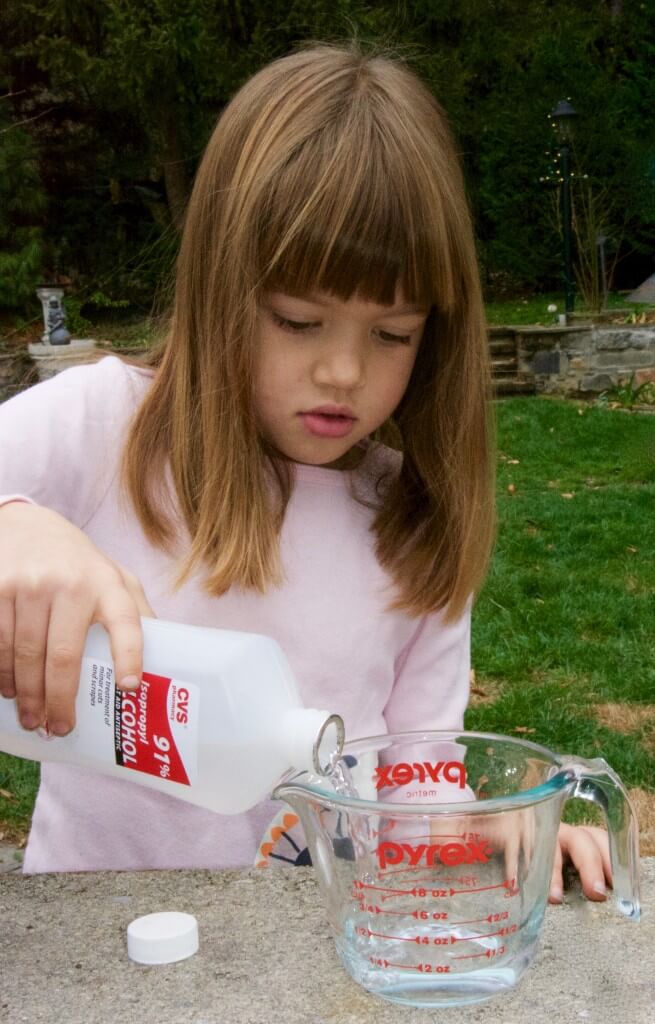
We had 91% rubbing alcohol on hand, so we mixed together 3 tablespoons of water with 1/4 cup (4 tablespoons) of rubbing alcohol and about a teaspoon of salt.
Before I sacrificed any large bills in the name of science and I called the kids out to watch, I tested this demo using a one dollar bill. I soaked it for about 10 seconds in the alcohol mixture.
Then, I used the metal tongs to remove the money from the liquid, allowing the excess to drip off the bill.
Now came the moment of truth. I used a barbecue lighter to light the bill at the bottom and watched as the bill produced a bright orange flame without burning the money at all!
It was time to use a bigger bill for more of a “wow” factor. I called my kids out to watch the magic. It turned out I only had a 5 dollar bill, but luckily, that seemed like a lot to my 6 year-old!
I repeated the process of soaking, dripping and lighting the money, but I couldn’t get more than a tiny and unimpressive flame. I kept trying to light the bill expecting a bigger reaction, but nothing happened. That is, until I actually lit the bill on fire a bit. Don’t let the authorities know!
I tried re-soaking the bill and lighting it pretty quickly after it came out of the liquid. Whoa! That seemed to do the trick!
I was allowing the money to drip off the extra liquid a little too long and the alcohol had been evaporating, making the reaction less impressive. Aside from the small spot where I almost lit the bill on fire, the bill was in perfect condition – even after being ablaze over a dozen times!
After the last trick, I had my 6 year-old reluctantly feel the 5 dollar bill. She expected it to be hot, but it was actually cool to the touch.
My 3 year-old was begging to repeat the demo yet again and since it’s so simple to set up, we did!
Safety Notes
Our flame never got large enough to seem out of control but anytime you are using fire, safety is of the utmost importance.
Not only did I perform the demo before my kiddos were present to see how it would burn, but I had our kiddos wear safety glasses and stand several feet away to keep them safe. I also performed this trick outside on a non-combustible stone patio with plenty of ventilation.
The Science Behind It
We know from my little blunder that money will actually burn. So, what made it burst into flames without actually burning or even charring a bit?
The secret (or science) is in the mixture of alcohol with water. Alcohol alone is extremely flammable and money soaked in pure alcohol will burn.
Water is what protected our money from actually igniting. The water absorbed most of the heat energy that was generated when the bill was lit.
Remember how the bill was cool to the touch just after being ablaze? The temperature of the paper money never rose above the temperature needed for the money to burn. Before the money would ignite, the water first has to be heated to its boiling point and then be vaporized (turned into gas) by the heat of the burning alcohol. If you add more alcohol or reduce the amount of water in the mixture, the paper will be ablaze for longer and may catch on fire.
Alcohol normally burns a light blue color. The salt changes the color to a more visible orange.
More Kids’ Science
Love getting kids excited about science?! We do, too! That’s why we pulled together 30 of our favorite science experiments into The Super Cool Science. Grab your copy in our shop!


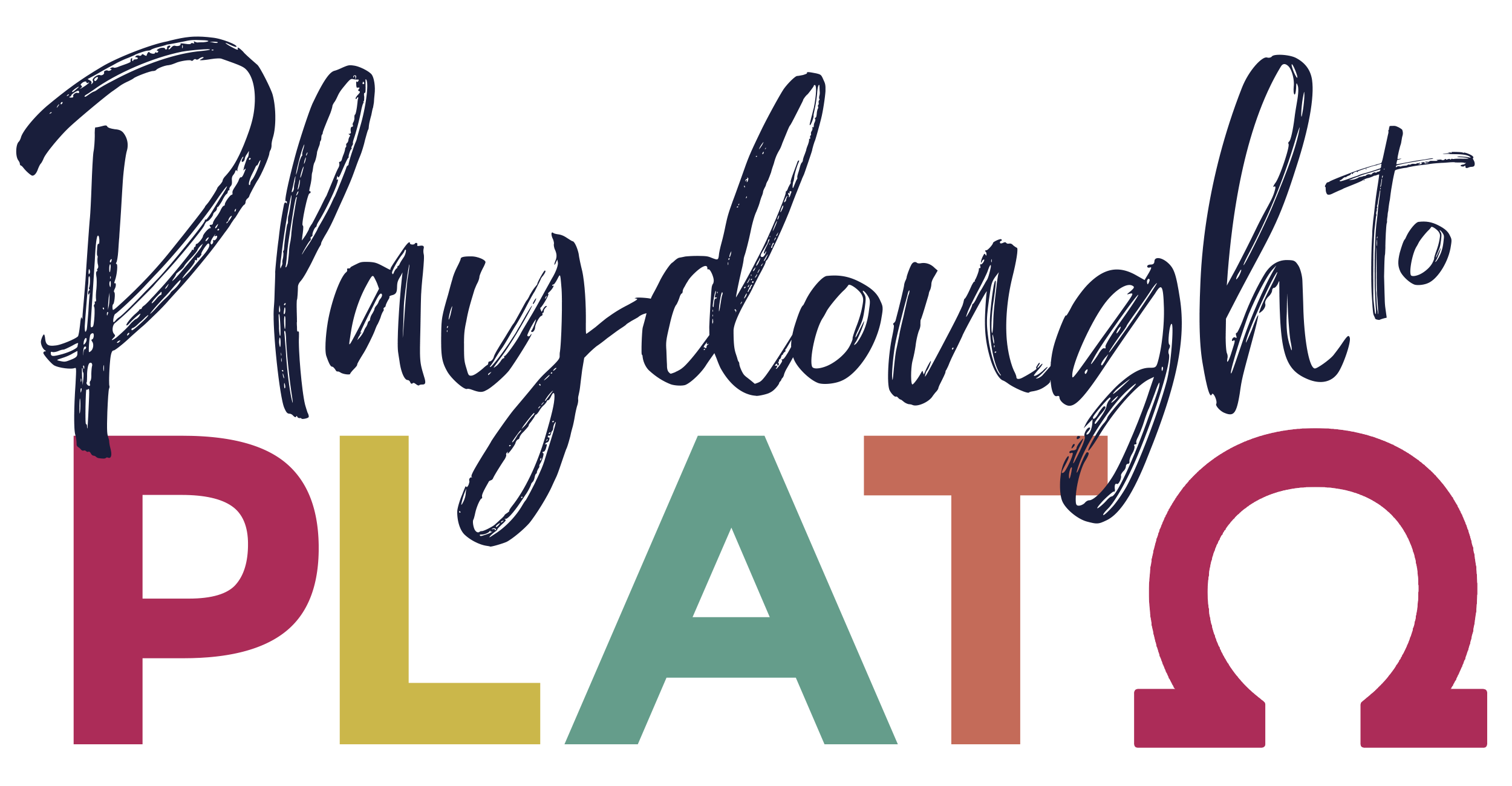
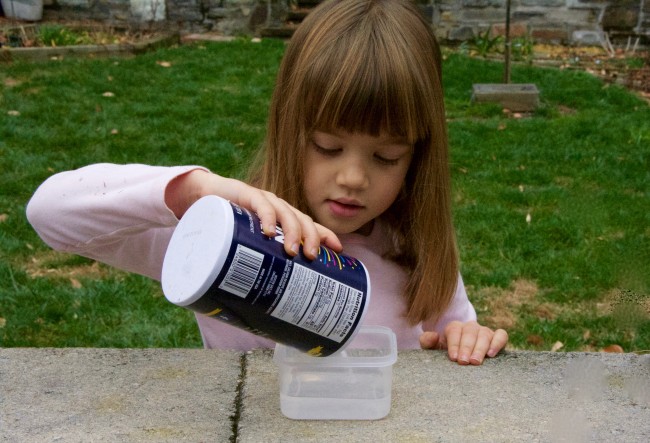
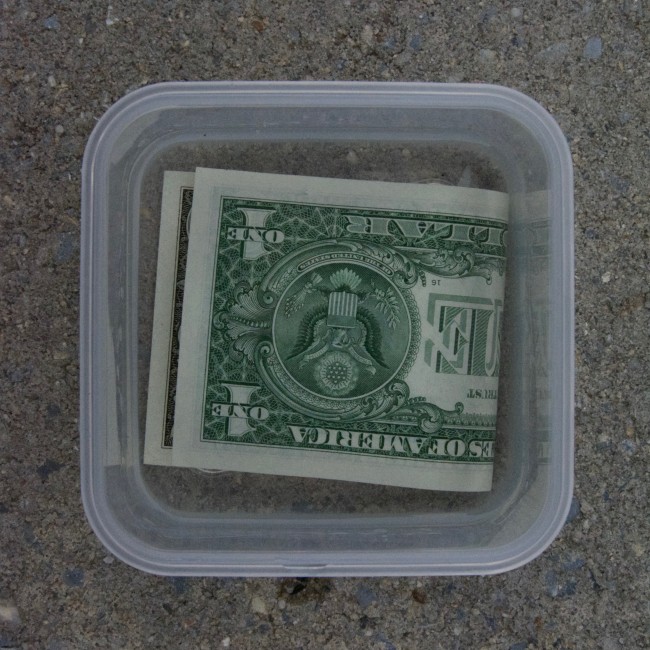
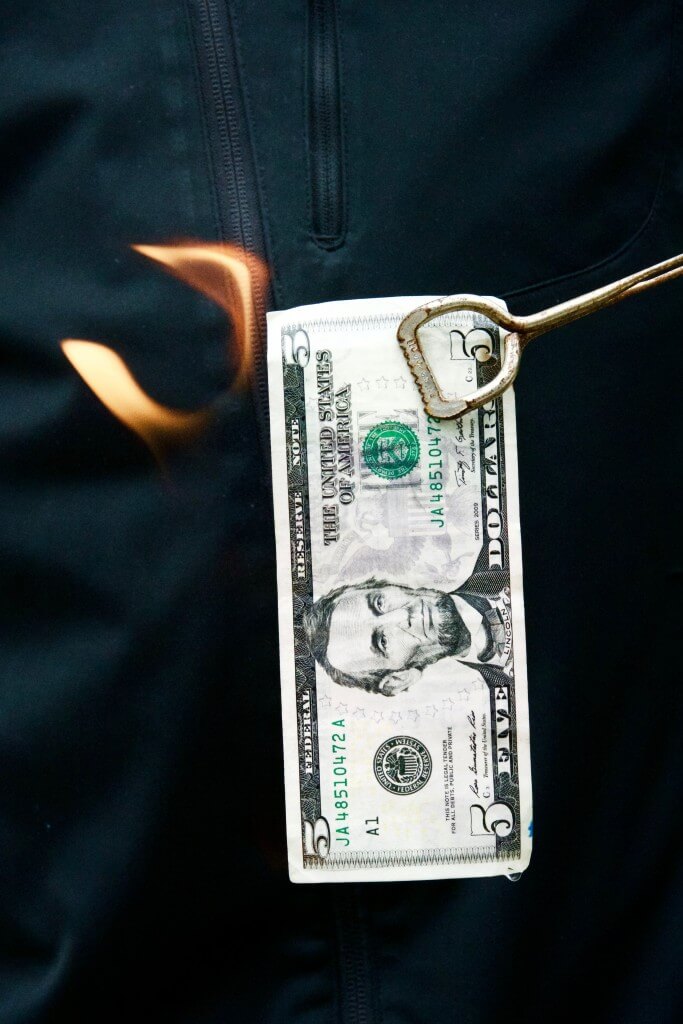
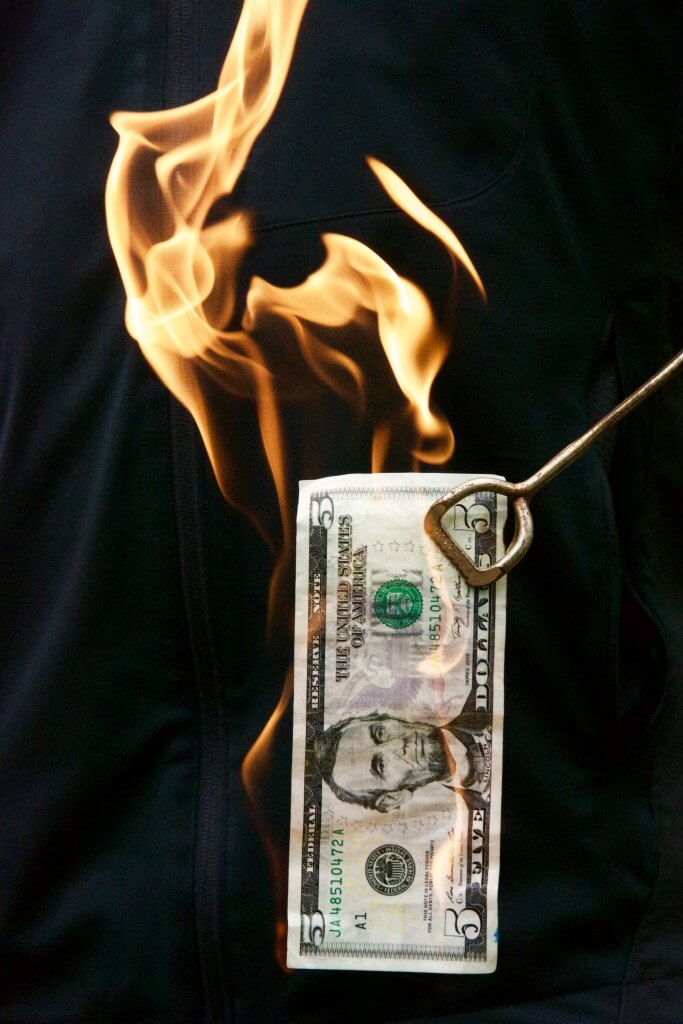
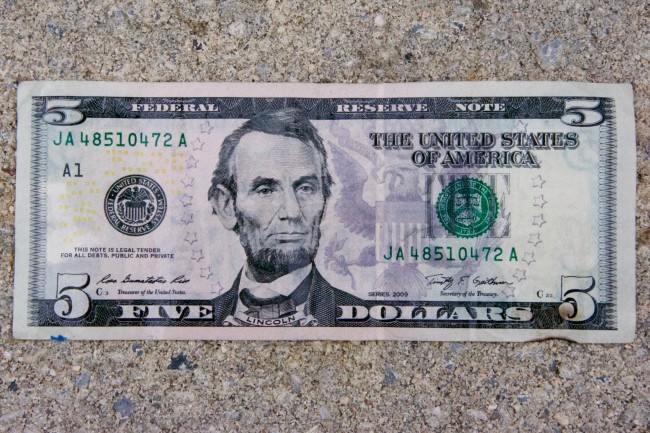
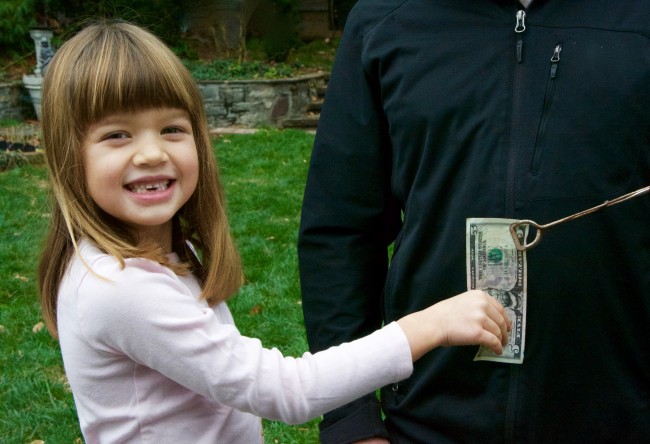
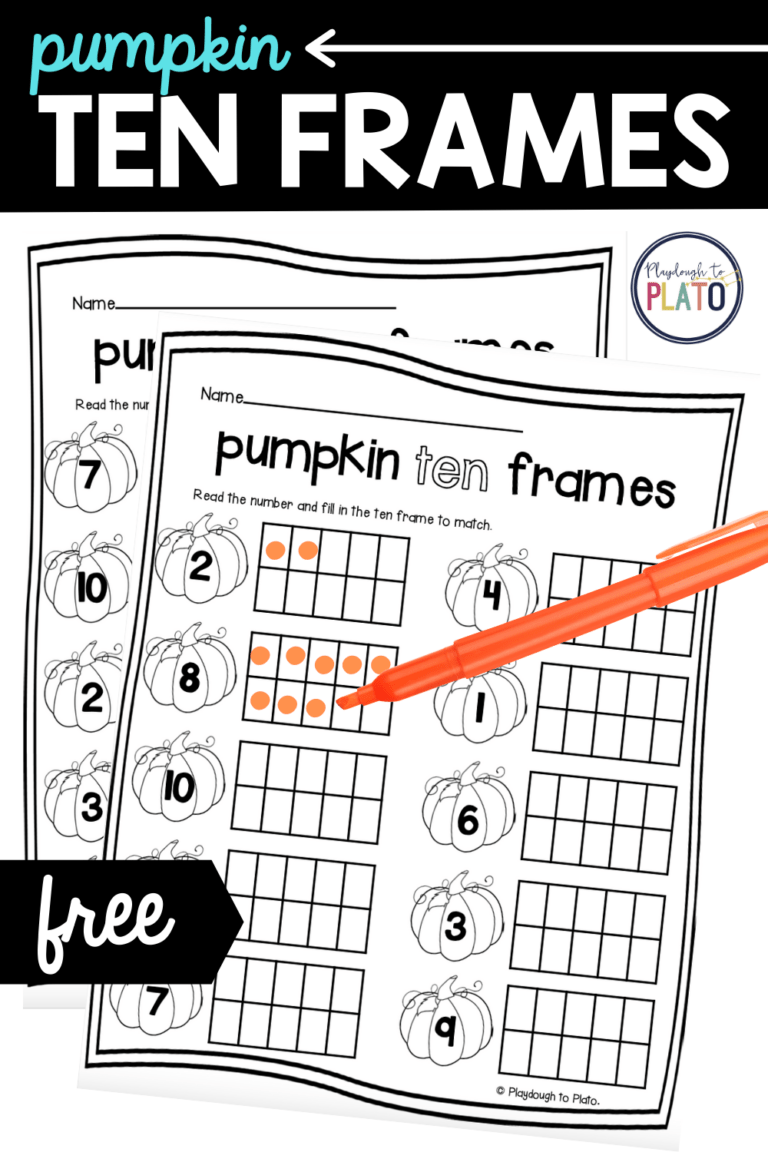
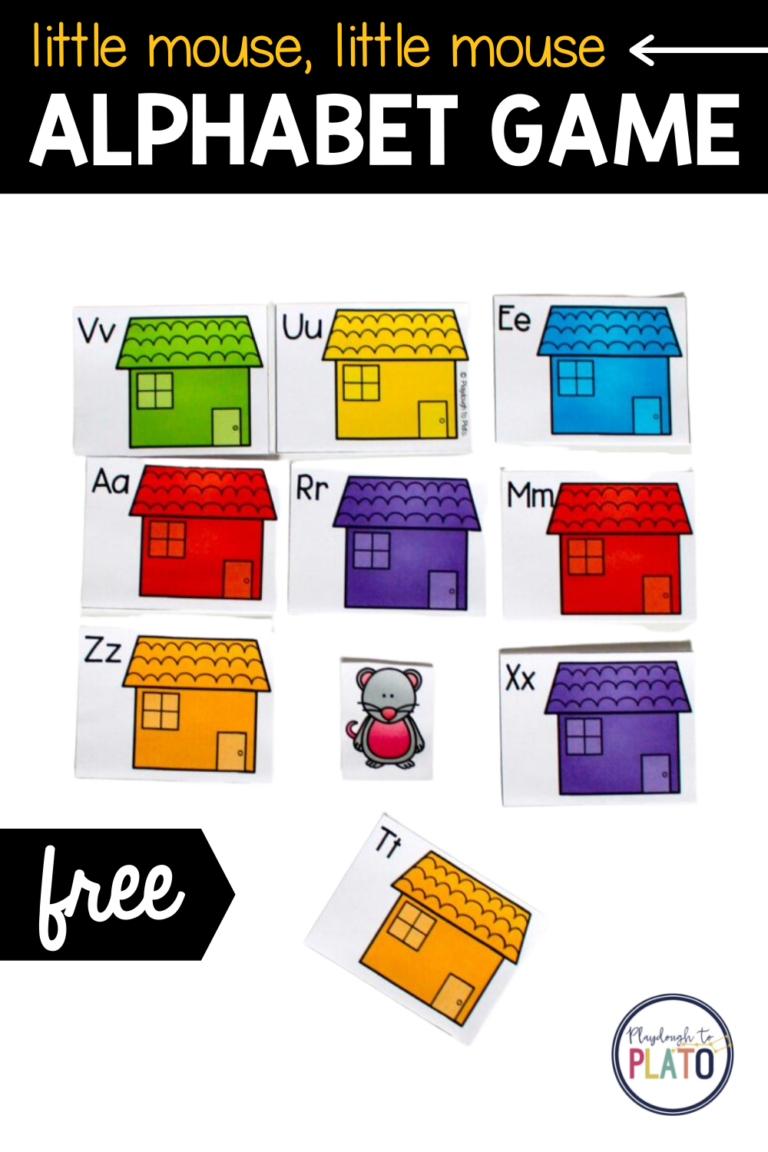
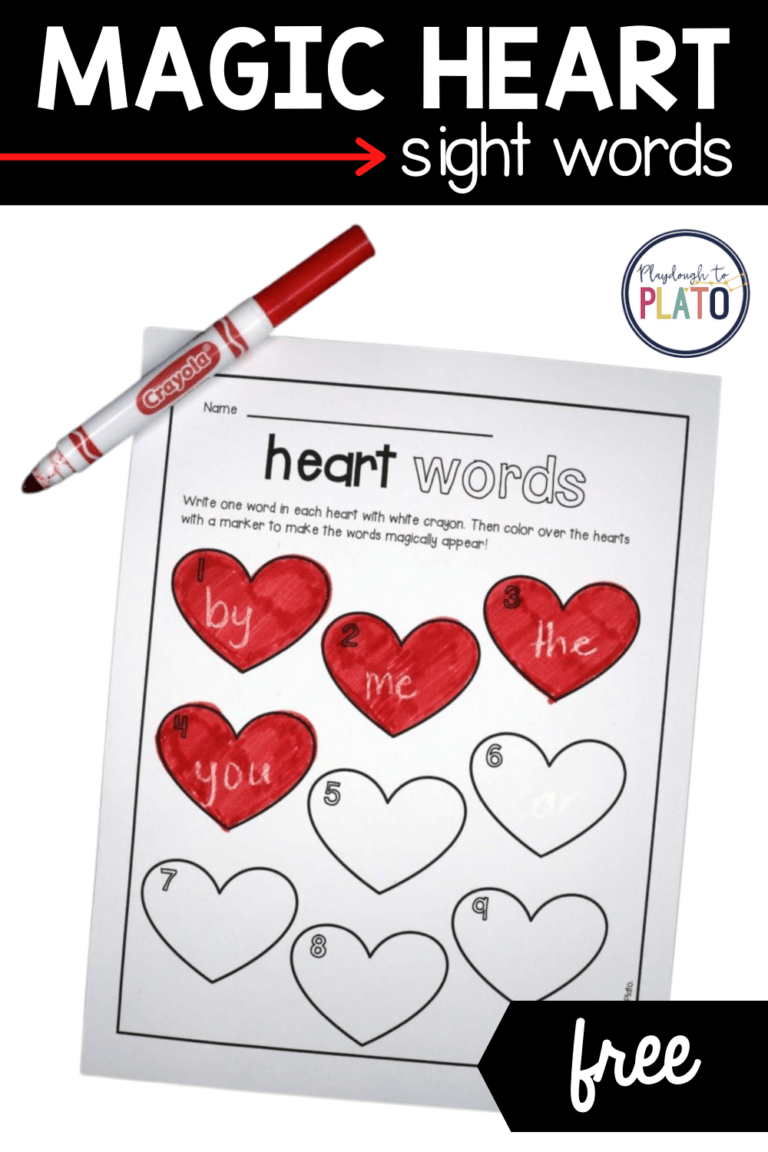
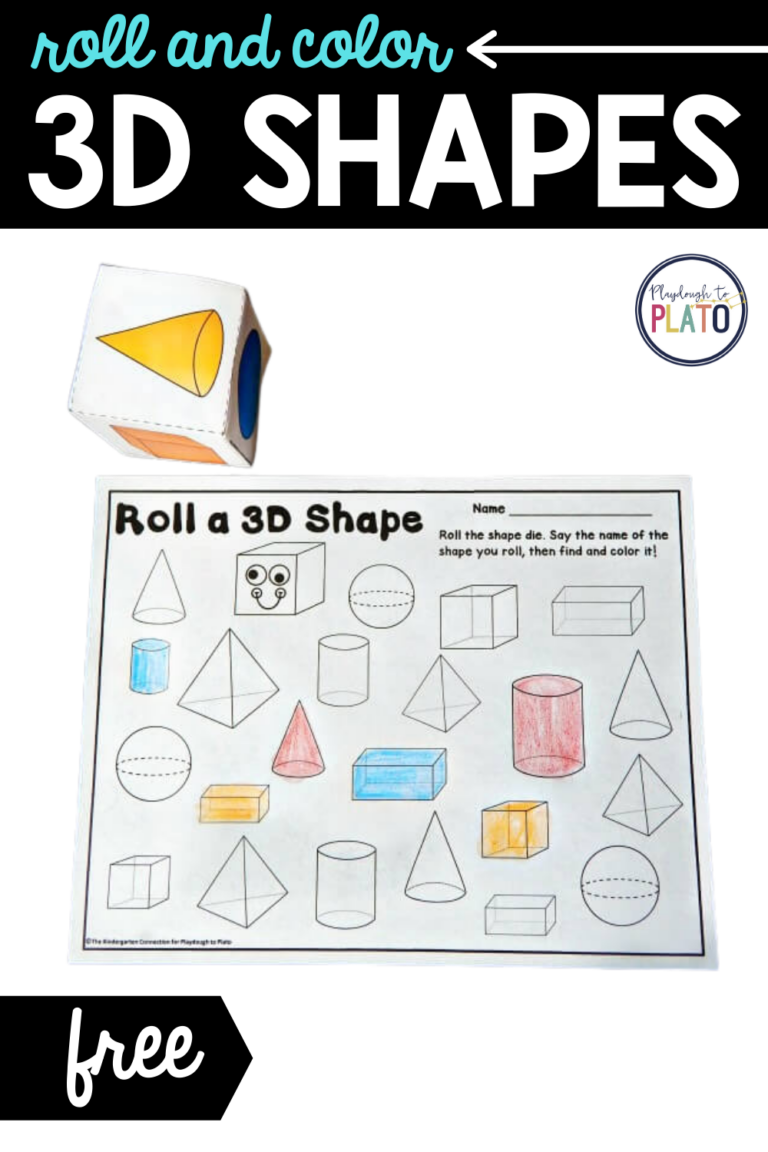


One Comment